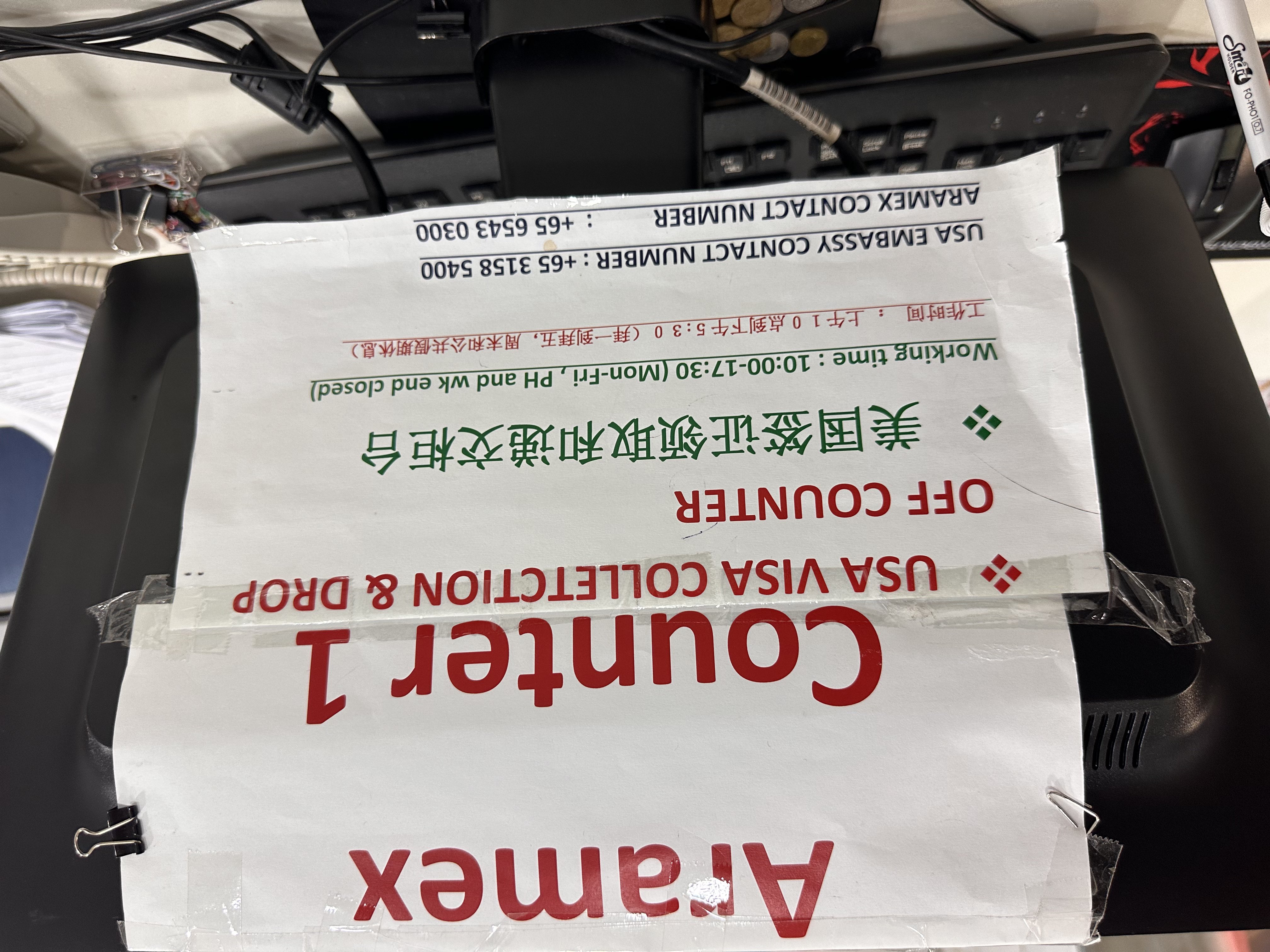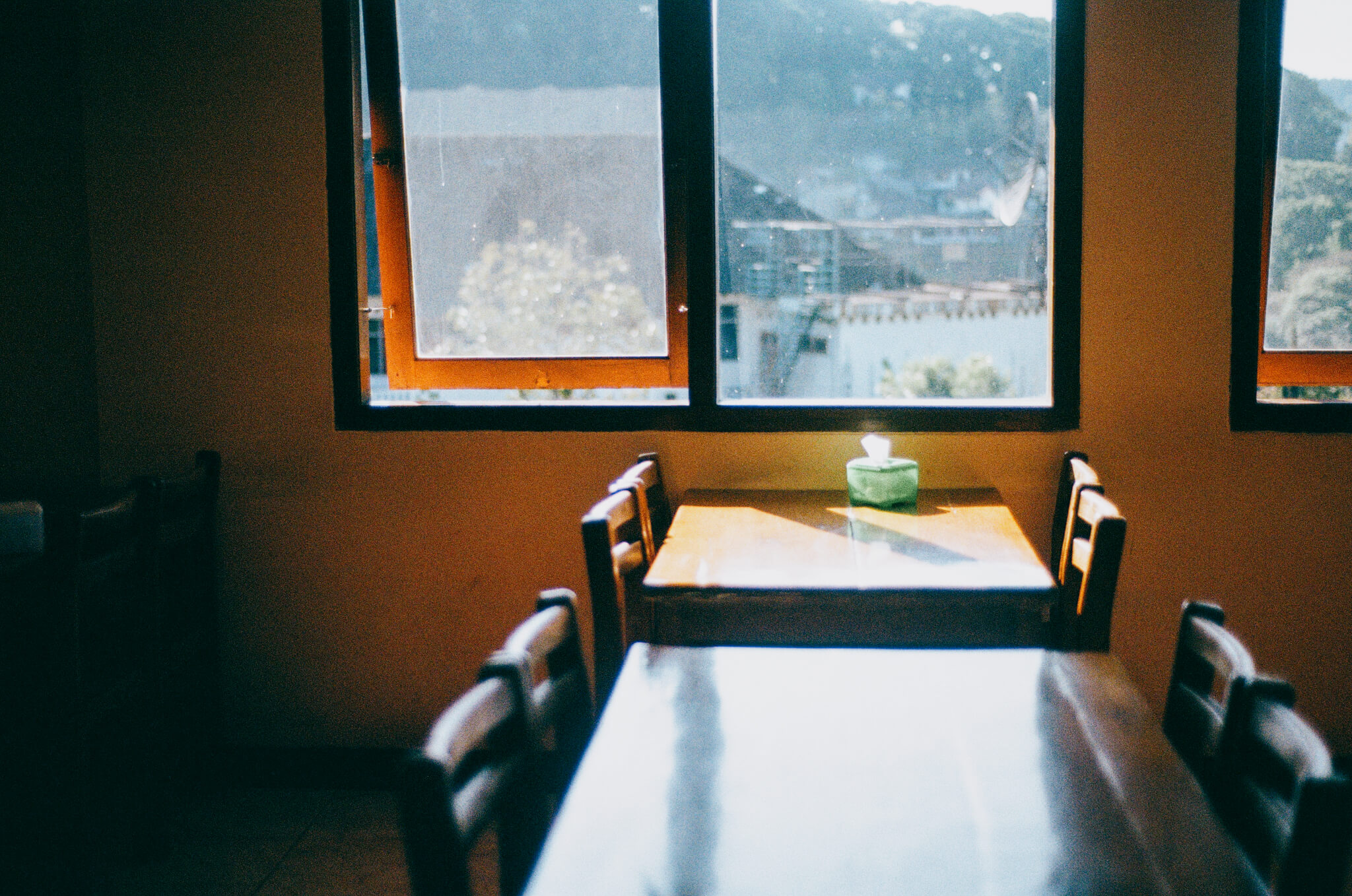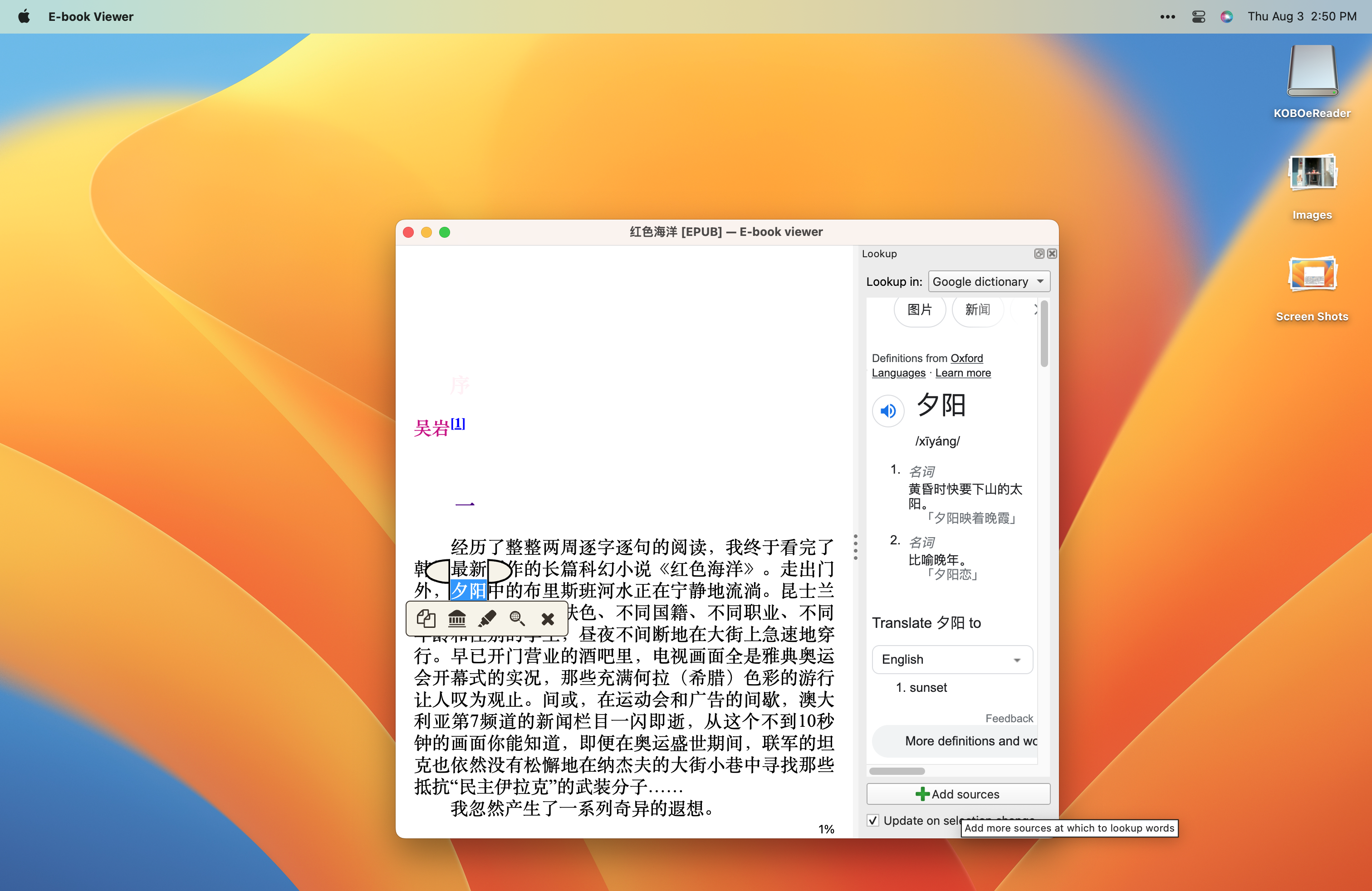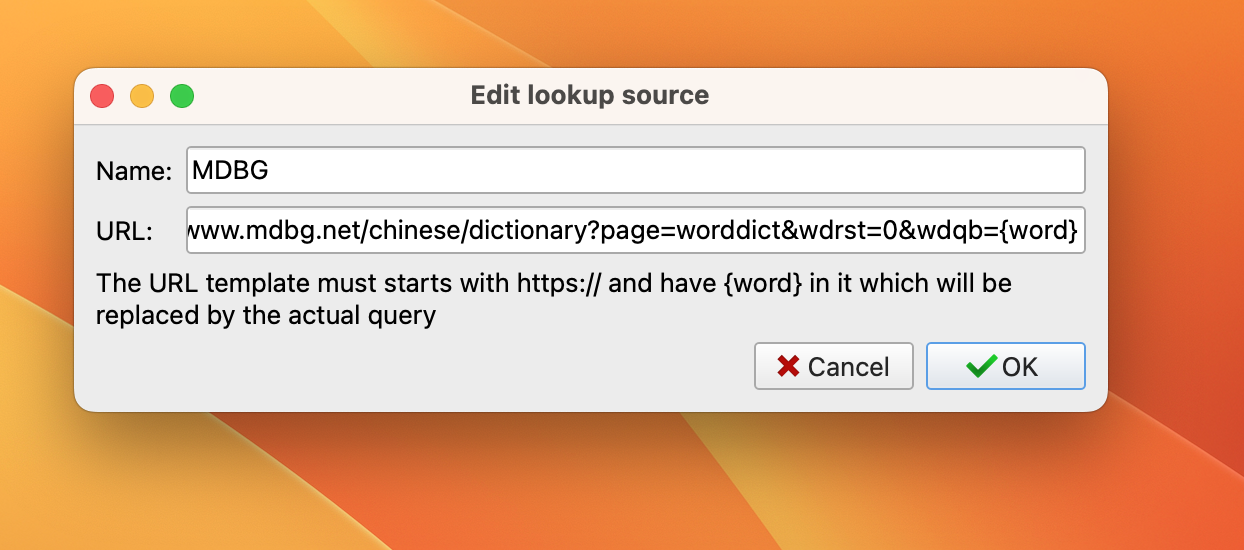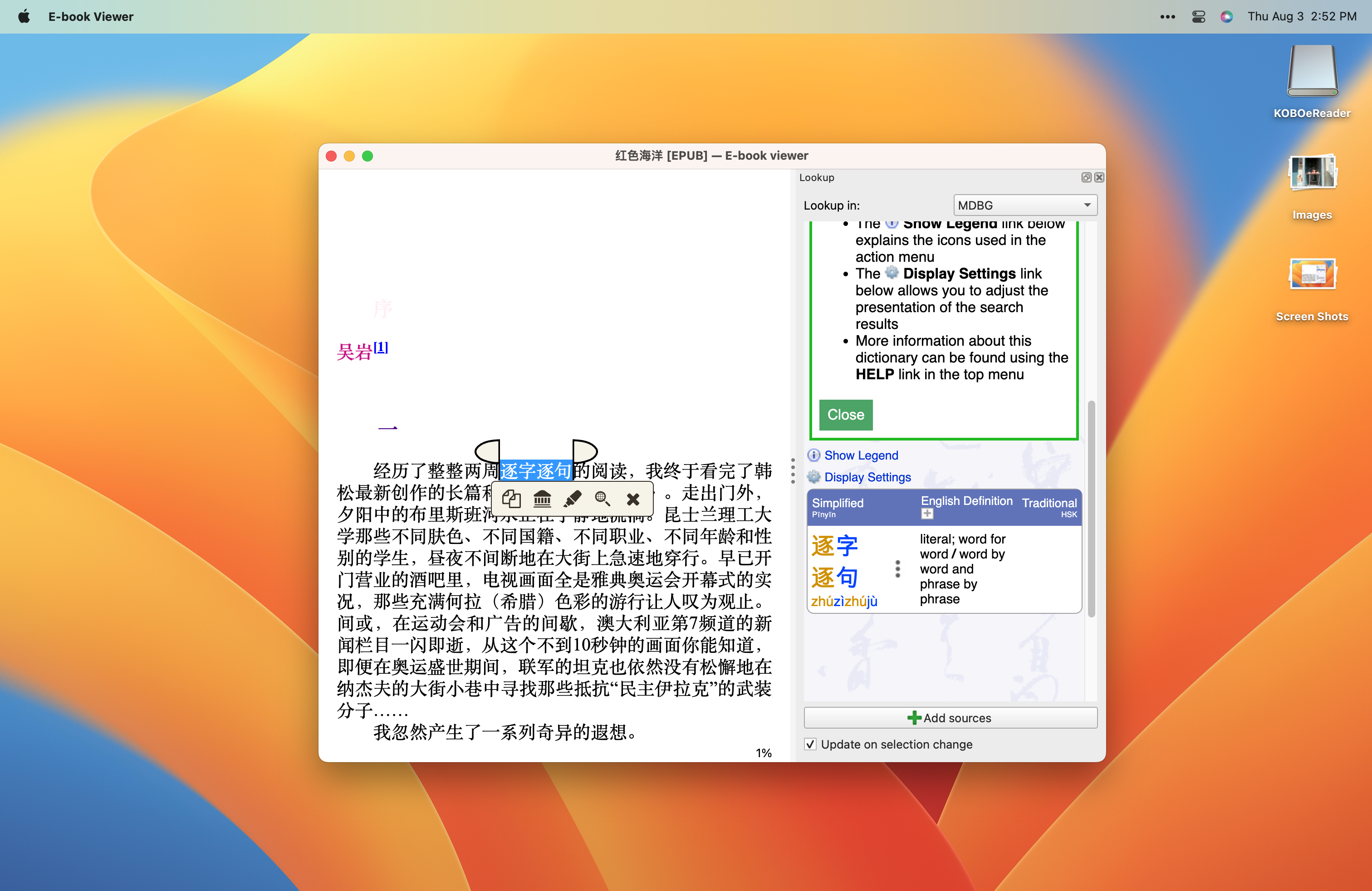An updated, updated guide to the H1-B1 visa process for Singaporeans.
Singaporean citizens (and Chileans) are eligible for the H1-B1, a unique work visa of the US that was negotiated as part of a free trade agreement in 2004. There are 5400 visas set aside for Singaporeans, and 1400 for Chile. From what I know about the program, the 5400 number has never been fully utilized.
Singaporeans who are interested in coming to work in the US should consider a H1-B1. The other main work visa program, H-1B, requires a lottery program and it is getting harder to find sponsorship for companies that want to sponsor foreigners. Many companies simply don't want to spend the money on the H-1B program when they don't know if you'll get it, or when you can start
In this regard, Singaporeans have a bit of a leg up: only other countries like Canada and Australia have similar programs open to them, that are different / more straightforward from the standard H-1B.
The H1-B1 program is so simplified and it is much, much cheaper than the H-1B program. I've been able to get a job, set up an appointment (at the US embassy in Singapore), get my visa within a couple of days, and go back to the US to start or resume a job.
What are the positive aspects of the H1-B1 visa?
#
Not many employers know about this possibility, so very often when you hear about 'no visa sponsorship' they usually mean 'no H-1B sponsorship'. Very often, if you reach out to them (especially through a personal connection) to say that you have access to a different type of visa that is much cheaper, more straightforward, easier and faster to get, and that you know how to get it, that can open some doors. In my experience, companies are still willing to interview or hear you out if you mention that; versus automatic rejections at times if you state that you need a new H-1B visa sponsorship.
It's also very fast, cheap and easy to get. I have not heard of Singaporeans getting rejected for it (though I have heard of cases of some foreign-born Singaporeans getting additional scrutiny). It also appears to be easy to renew multiple times, as long as you have not filed for any green card or other paperwork that might make you ineligible for the H1-B1. For example, if you went to the US, found someone to marry, and then filed for a spousal visa, you probably don't qualify for the H1-B1 anymore.
The speed, cheapness and ease of getting this visa is why it is my recommendation for any Singaporean who is coming to the US to work. Especially if you don't know if you actually want to make the move, simplifying the visa situation will make it easier.
- Exceptions apply. If you work for a company that also has a US presence, consider getting the L-1 visa instead. This is especially true if you have a spouse. It is, at this point, not easy / possible for a spouse of a H1-B1 visa holder to work in the US (not without having filed for a green card and getting approval, which is a whole other thing). Whereas spouses of L-1 visa holders can apply for work authorization.
What are the downsides of the H1-B1?
#
For one, it is a non-immigrant visa, unlike a H-1B. If you have plans to apply for a green card, definitely try for a H-1B. However, many Singaporeans I know have also come first on the H1-B1, then tried for the H-1B lottery, then switched to it; if not, they can always get another H1-B1 visa.
Secondly, it is valid for a shorter period of time. It is for 18 months. On arriving in the US, you get stamped in for just 12 months; you have to leave and return to the US to get the remainder of the 18 months.
This was not a problem for me as I anticipated that I would want to go home to see my family, and country where I have deep and strong ties, every 12 months anyway.
The short visa validity can cause some logistical issues. For example, I still don't have my drivers' license, partly out of my Singaporean apathy to car driving, partly because every time I get around to the DMV my visa is about to expire. It made no sense to get a driver's license that would expire in a few months (or weeks, last time I tried to get a driver's license), so I've just sort of kicked that can down the road. It doesn't really matter to me whether I can drive or not. It may, if you live elsewhere in the US with less public transit.
Also, if you have a spouse who would like to work, it is not possible for them to work if you have a H1-B1. Consider a L-1 instead, or other visa type if this is important.
How do I get a H1-B1 visa and work in the US?
#
- Make sure you are a Singaporean (or Chilean) citizen
- Apply for a job, get the job
- Get your immigration attorneys to file for a LCA with the Department of Labor. You must have this document certified by the Department of Labor and sent back to you and you must have this in person with you at the US embassy when you go for your appointment. In my experience this has taken around 7 business days to be certified
- While waiting for the LCA to be certified, start your DS-160 application. Some advice: expect to take a few days to complete the application. Write down the application number, and your security question. Get your passport photo ready as a digital file in a square format and make sure it is resized to under 240kb, and in jpg format (photo requirements here).
- Give yourself plenty of time to fill in the DS-160 form, especially if you are a first-timer. Save it constantly. You have 30 days to complete it. If you think you'll take more than 30 days, return to the application with the application number and security question, and save it or fill in more questions.
- Once you have completed the DS-160 form and submitted it, and have your LCA in hand, go to this page and select non-immigrant visa. If you have an immigrant visa, you probably know what you're doing and you can make your own choices from here. Click login, then new user. Create your account. This UStraveldocs account is what will let you schedule embassy appointments and decide how you get your visa delivered or picked up in the country you're applying in. The DS-160 form was a state department thing. You need to do both, but the USTraveldocs part is almost always the last step. And the first time I did it, I didn't know what to do or where to go after I submitted my DS-160!
- There are some quirks with this USTravelDocs step, so listen closely (and also seek out updated information as this process is likely to change more to meet local conditions, than the DS-160 or LCA process).
- Once you have logged in to US Travel Docs, click New Application / Schedule Appointment. It will prompt you to fill out your passport information. If you have a spouse or children with a H4 visa, you also add them here.
- Go through all the screens and fill in the information that only you know (your passport number, expiry date, visa type).
- This part is the most important. At some point in the application it will ask you for: Petitioner's Name, Receipt Number, Start Date and End Date. This is confusing and your US immigration attorney is likely to also not know what to do with this. From other posts written by others, I learned: these fields are kind of silly and no one knows what the right answers are / it doesn't really matter, but you have to fill in something anyway. Here's what's always worked for me.
- Petitioner's name: I put my employer, which is the City and County of San Francisco
- Start Date: I use the start date on my certified LCA
- End Date: I use the end date on my certified LCA
- Receipt Number: (This is different from receipt number elsewhere in this process. It is a dummy number. The only answer that works is this: ABC1234567890 (thanks to Ashley Lim for figuring this out)
- Finally, it will ask you how you want to collect / pick up / have your visa delivered. I always pick Chinatown, but I've been told by people at the US embassy that the fastest way to get your visa back is to select the Aramex at Changi South location, which is available as a 'paid dropoff/pickup'. This location is very far for me, so I almost never do this unless I have a very tight turnaround on my travel plans. I think it's something like a whole day faster than the Chinatown location. Otherwise, I prefer to do Chinatown as it's easier for me to go there, and also easier for me to get food afterwards. I am Singaporean, after all.
- On the last screen, you will be prompted to make payment. At the time of writing (September 2023) the options are: VFS Cash / Debit, or Electronic Funds Transfer (EFT). VFS is a global company that many embassies outsource their visa work to around the world. EFT means 'bank transfer', as many Singaporeans will be aware of. VFS Cash/ Debit means 'go to the VFS office in Anson Road and pay it at the counter', which is far less convenient than 'log in to DBS banking and make payment'. When you click on either option, you will get the amount to pay in SGD, and a receipt number.
- If you select EFT, save the page PDF and copy down the SGD amount AND the receipt number.
- Log in to your Singapore internet banking and set up a new payee. The payee name is VFS Singapore, the beneficiary bank is DBS, and the payee's account number is (and this is very important) YOUR RECEIPT NUMBER. Your receipt number functions as a virtual account number so they can match your payment to your application. If you don't have a Singapore bank account but are applying out of Singapore, you will probably have to go to VFS on Anson Road, or get a Singapore friend to do it for you.
- Once you have completed your payment, wait until 12pm the next business day in Singapore to return to the USTravelDocs page and add in the receipt number from the payment slip you got, to complete the process. If you try to do it any earlier, you won't be able to proceed. It will just say 'transaction not found'.
Special note about H1-B1 visa for Singaporeans and their non-Singaporean or same-sex spouses
#
While the H1-B1 visa is only for Singaporeans, your spouse and children don't have to be. This means that if you, like me, are queer and married, your marriage is recognized as long as you have a marriage certificate from a country that performs it.
If you are a same-sex couple that is interested in moving to the US, feel free to email me at adrianna [at] jefritan.com and I can help answer any queer-specific questions you might have.
Should I move to the US? There are guns and stuff!
#
That's entirely a question for you to answer. As a queer Singaporean, I needed to go somewhere that would give me and my non-Singaporean wife a place to live. We looked everywhere, and the US (California in particular) was still the place that gave us the things that we needed. It also welcomed us with very open arms. We are thankful. But it's not for everyone, certainly.
Anyway, the advice I always tell young Singaporeans is that you don't have to think about this move as a permanent one. You can always go home. Which is a luxury, I've learned, especially in speaking with immigrants from other countries here. The idea that I can return to a country that's my own, without much change to my physical standard of living, is a luxury. Whether or not I can be fully queer and married in Singapore is a whole other thing. For now, I am living the life, and enjoying every moment of it (even if I cry once a week about how much I miss Singapore).
